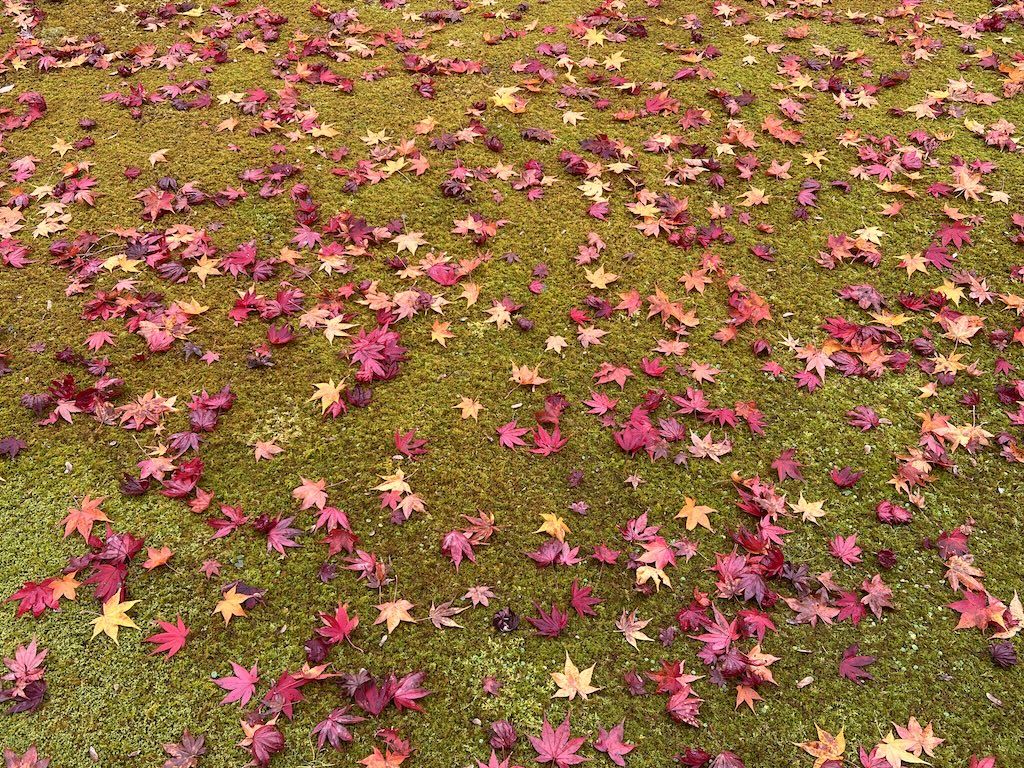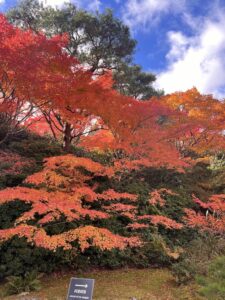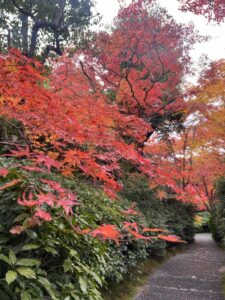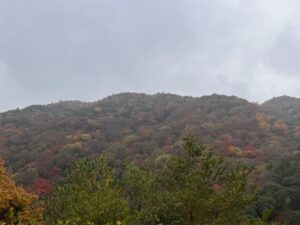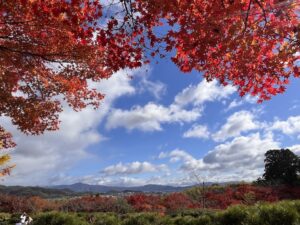A Symphony of Colors –The Okochi-Sanso Villa in Arashiyama
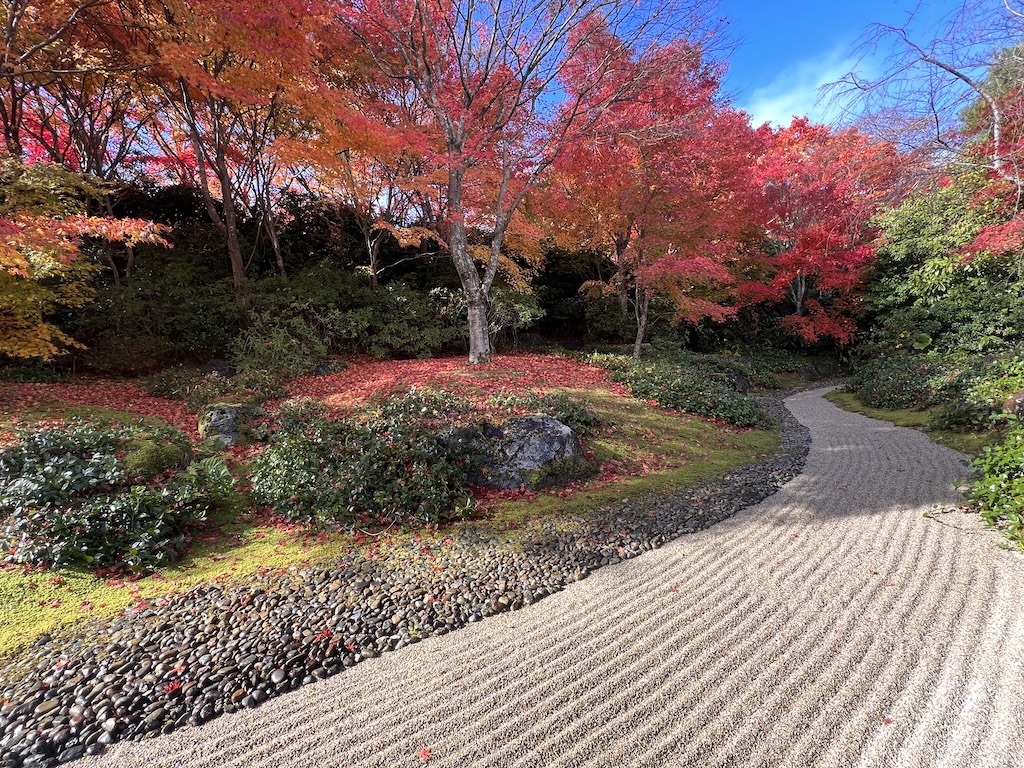
I had limited time in the day. My reserved table at the Unagiya Hirokawa Restaurant would be up at 2pm, and I spent too much time at the bamboo grove. After some debate, I decided that I would see the Okochi-Sanso Villa, despite initial doubts. It turned out to be a very good decision.
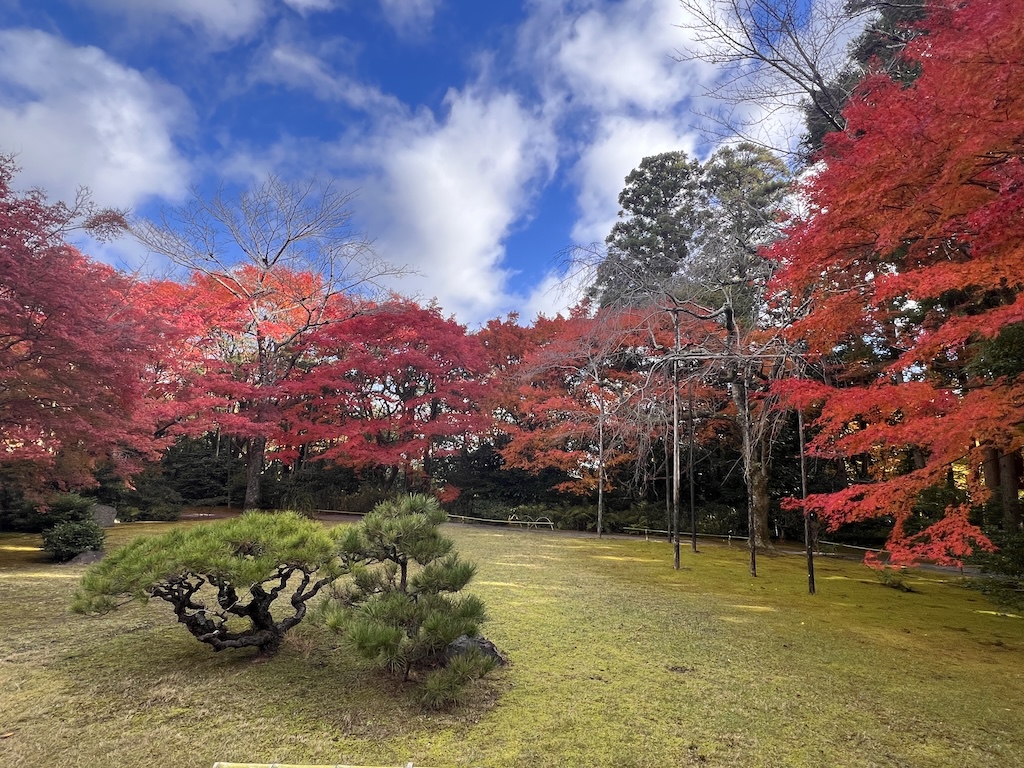
In the last entry, I recommended seeing three sites in Arashiyama if one is crunched for time. I named the bamboo grove, the Tenryu-ji Temple and the Okochi-Sanso Villa. The reason is that these three choices give visitors a taste of some things that Arashiyama stands for. The bamboo grove is photogenic in its own right. The Tenryu-ji Temple presents the royal and the religious in one.
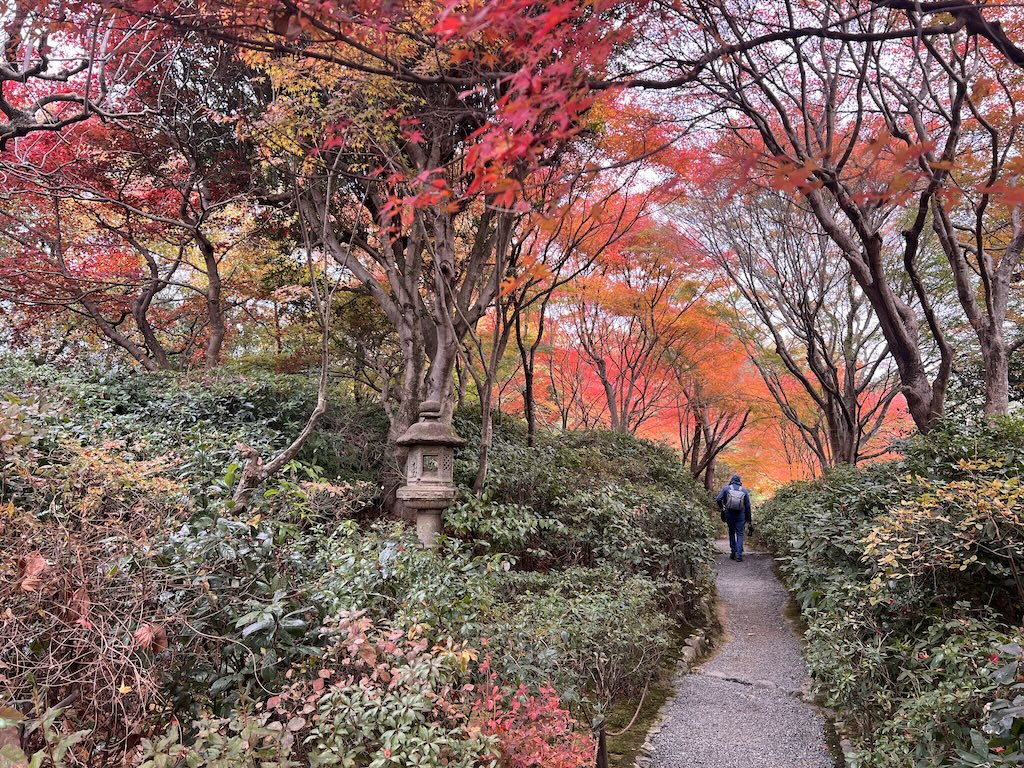
The Okochi-Sanso Villa features beautiful landscaping, fantastic aerial and mountain views, a touch of the contemporary films, and the exceptional life of a Japanese actor. These three sites are also in proximity with each other, making it a sensible choice to do all.
A Brief History of the Okochi-Sanso Villa
Most of the structures at the Okochi-Sanso Villa were built over a period of 30 years in the early 20th century. Nestled in the ridges on the south side of Mount Ogura, the estate is part of the legacy of the famous actor Denjiro Okochi. He extended significant effort in building the landscapes that reflect his philosophy in nature as part of his Buddhist faith. After he passed away in 1962, his spouse continued to manage the estate, but eventually decided to open it for visits by the public. It remains a private property managed by the family.
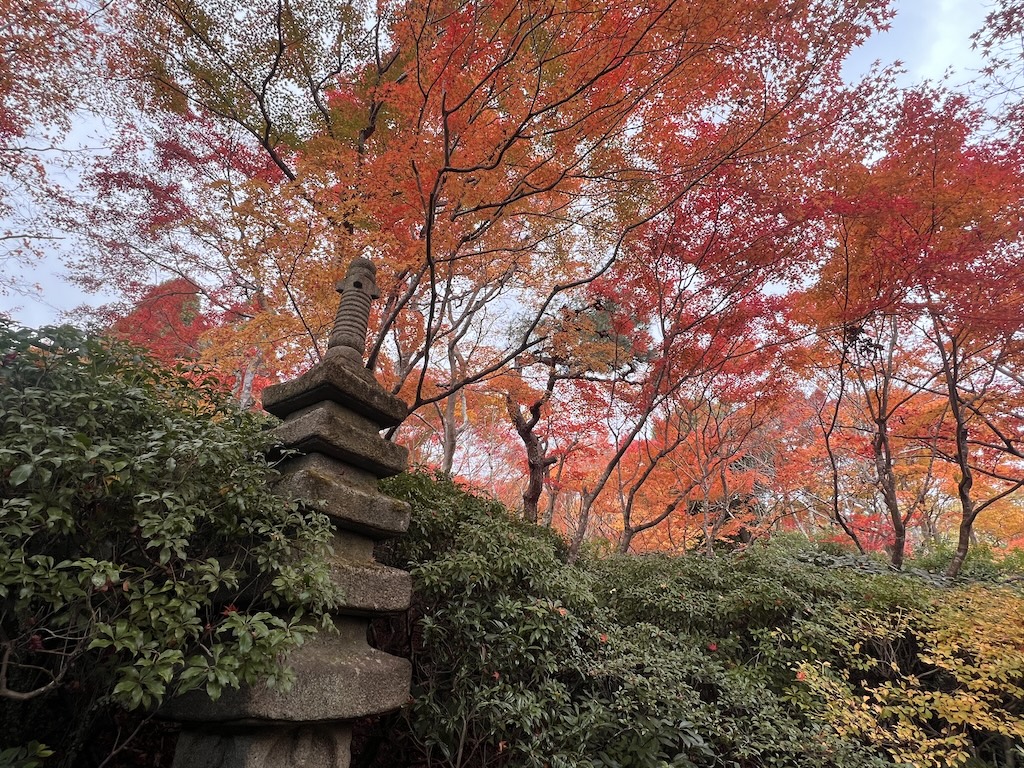
Denjiro Okochi’s Life
The Okochi-Sanso Villa in Arashiyama is the former home of Japanese actor Denjiro Okochi. Born Masuo Obe in 1898, Denjiro was born into a family of physicians. He started training at the Shinkokugeki (New National Theater) and studied acting. He was known for the jidaigeki (period drama) genre, which featured sword fights and sword plays. Eventually, Denjiro Okochi became famous in the chanbara (sword-fighting) samurai films.
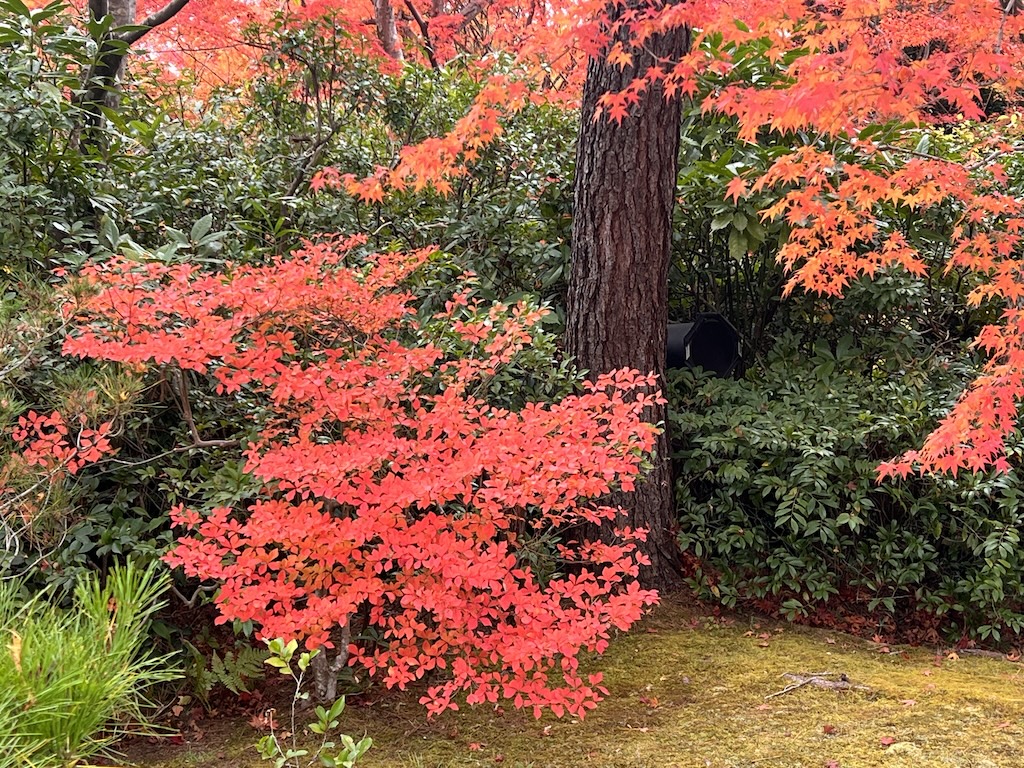
The period drama refers “to stories that take place before the Meiji Restoration of 1868” (Wikipedia on Jidaigeki). Perhaps quite naturally, the dramas that are inspired by the pre-Meiji period would focus on the lives of the samurai, as the warriors for the Daimyo, those feudal lords having the status of just one rank below the shoguns. The samurai originated from the Heian period, which began when Emperor Kanmu moved the seat of the capital from Nara to Kyoto.
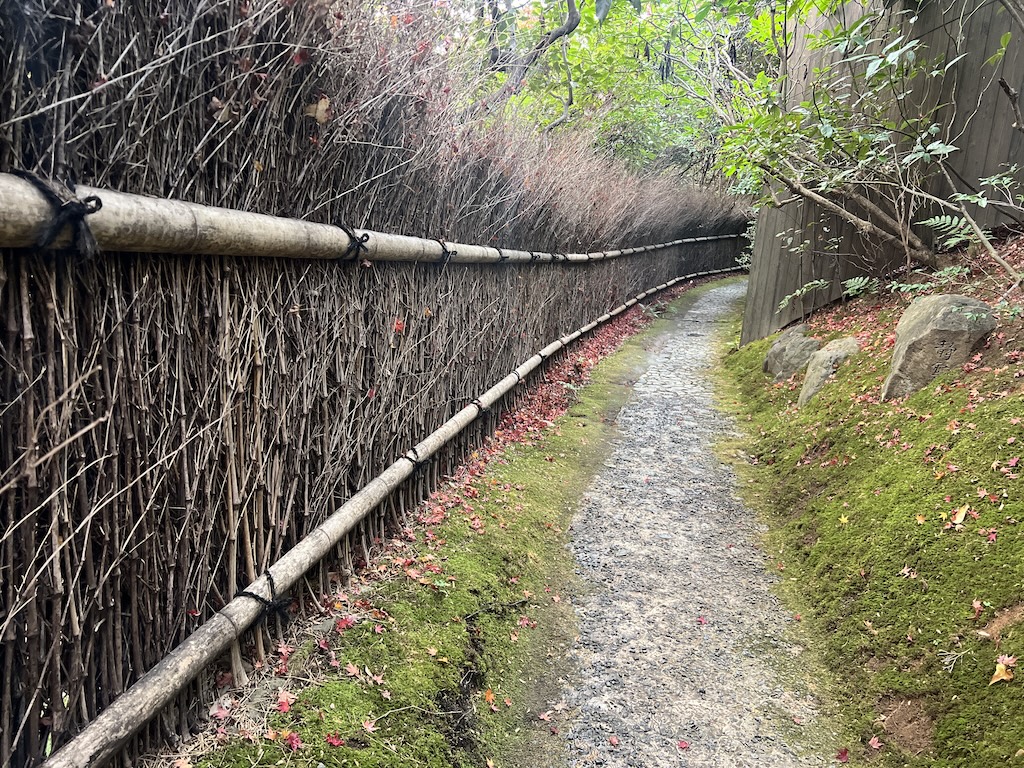
The samurai class emerged from this period of Japanese history. Many of the samurai clans were themselves noblemen, as descendants of the imperial family. When the Emperor demanded military protection, he relied on the large extensions of the imperial family that were given lordship status by the Emperor. They owned land and had power as the Daimyo. Some of the extended imperial descendants became professional fighters, known as the samurai.
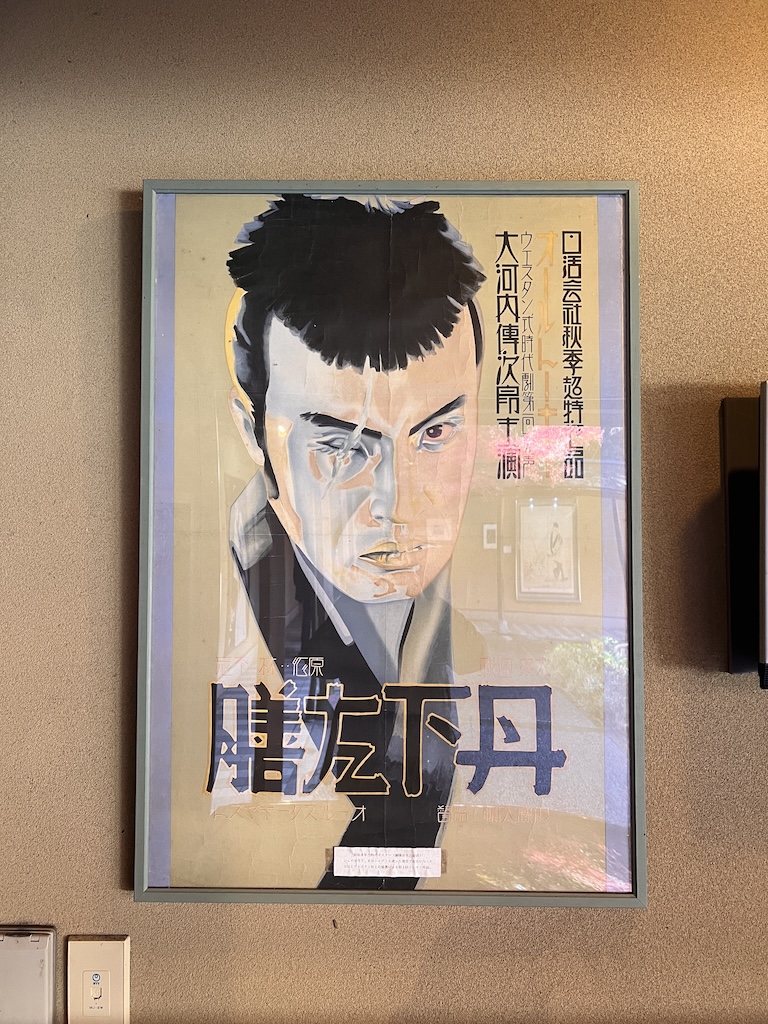
Popular representation of the samurai era is very much romanticized and readers would be able to readily recognize the style of film that typified the samurai silent films. The dark tones, the samurai spirit of honor, the makeup that accentuates the pronounced eyebrows, certain ways that language is spoken etc. Besides the samurai, the merchants, famers, the daimyo and even the shoguns are featured in jidaigeki period dramas.
Denjiro Okochi rose to the peak of his acting career in the 1920’s silent films, until he ceased acting in 1961. He passed away the following year.
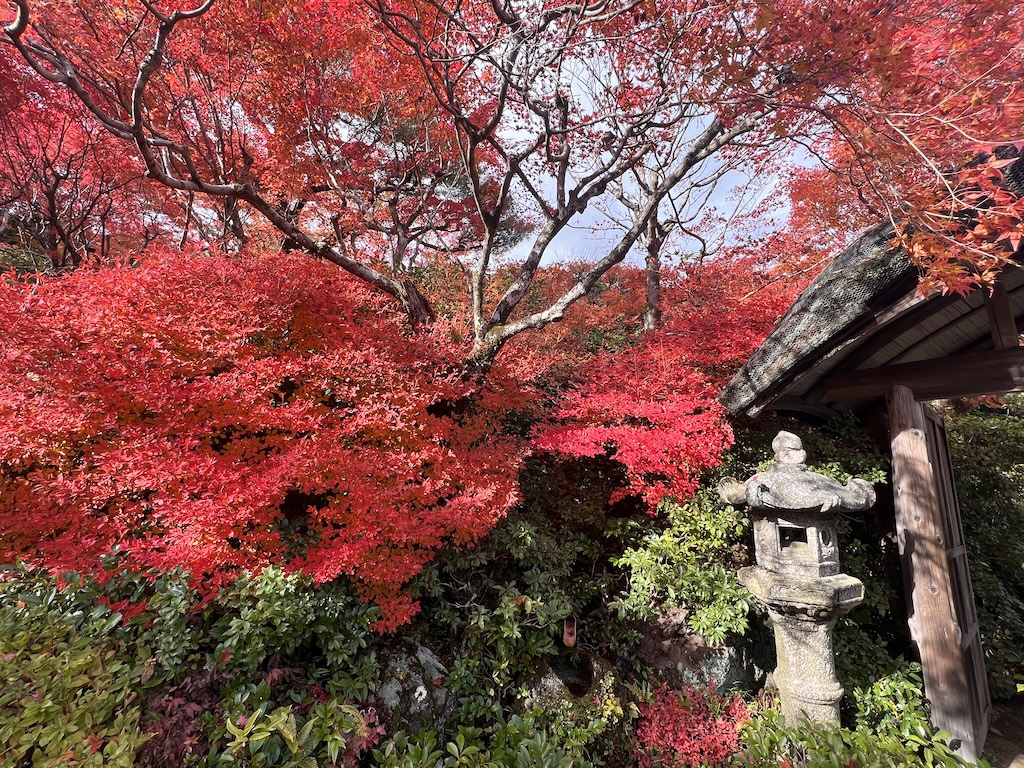
A Tour of the Okochi-Sanso Villa
Upon paying an entrance fee of ¥1000, you will enter the beautiful landscaped gardens of the Okochi-Sanso Villa. A leisurely stroll in the villa grounds will take you through some of the most fantastic open-air views in Arashiyama. Looking eastward, you will see Kyoto city afar. Looking westward, you will see the mountainous Arashiyama in the colors of all spectrum.
The Jibutsu-do is a small Buddhist shrine. It was built in the Meiji period, and Denjiro Okochi had the whole structure taken into his villa. It is said that he used to meditate here, the very first structure in his garden villa. He then developed the rest of the estate over a few decades.
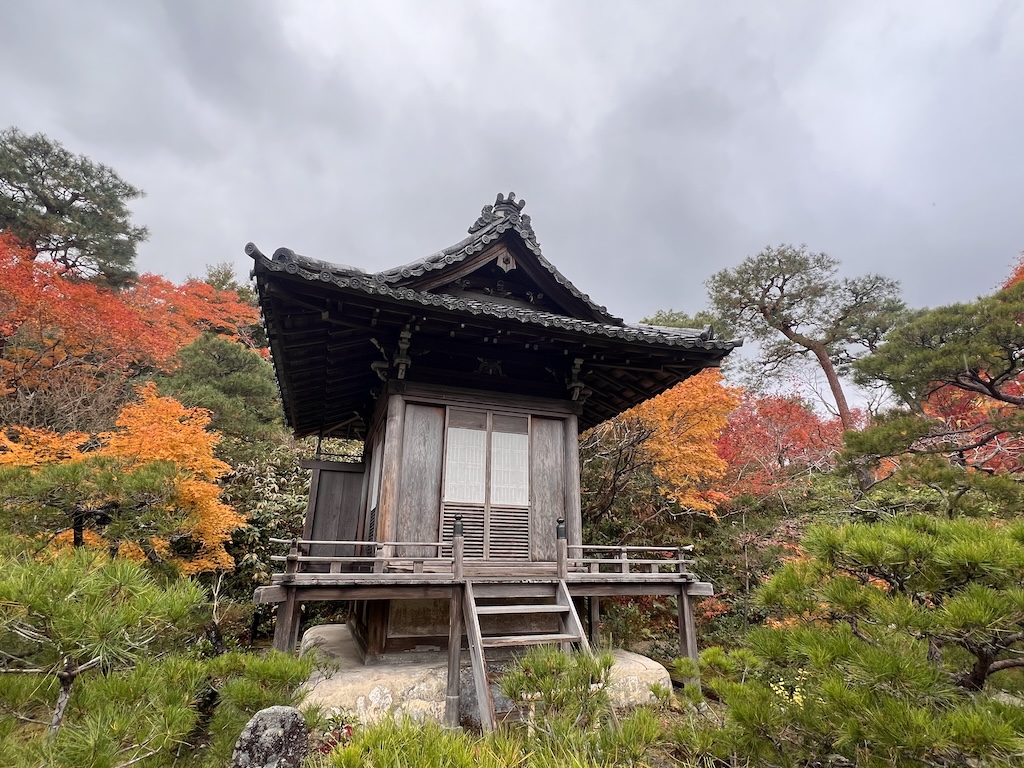
After seeing beautiful landscaped gardens, make your way to Myoko-an Hall, which lies above the main entrance.
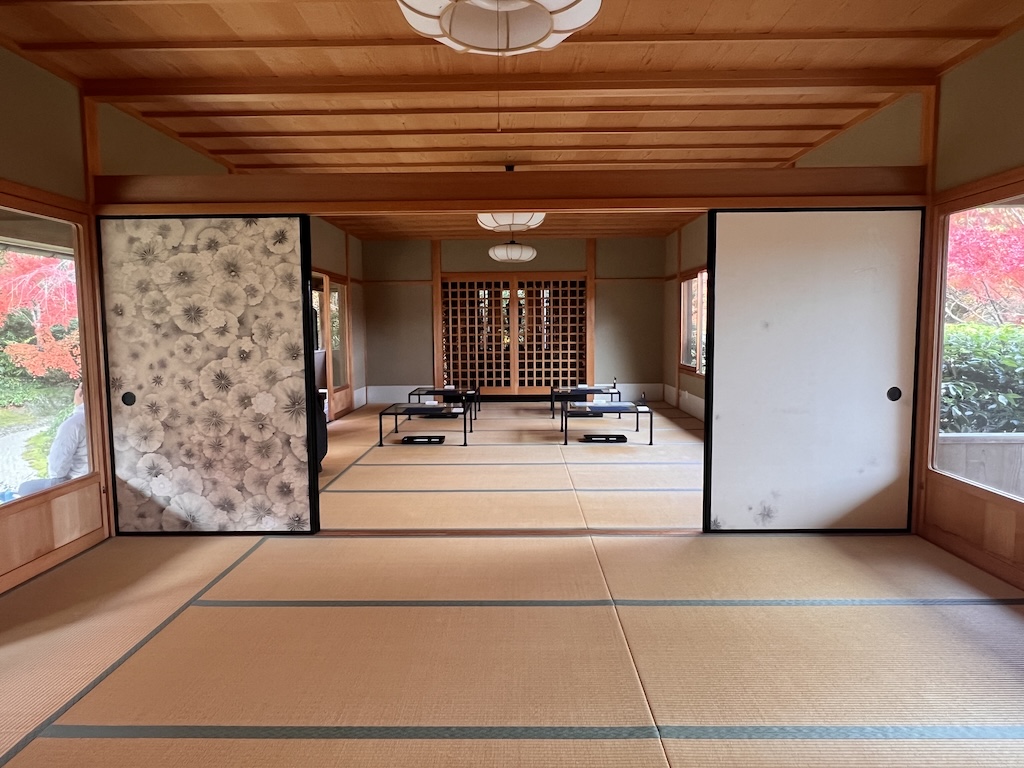
After Denjiro died in 1962, his spouse Taeka lived here “to guard the garden.” This structure was rebuilt in the 50th anniversary of Denjiro Okochi’s passing. You will take off your shoes in Myoko-an Hall. In here time seems to flow in a different rhythm with unrivaled serenity. Denjiro Okochi was a great admirer of Zen.
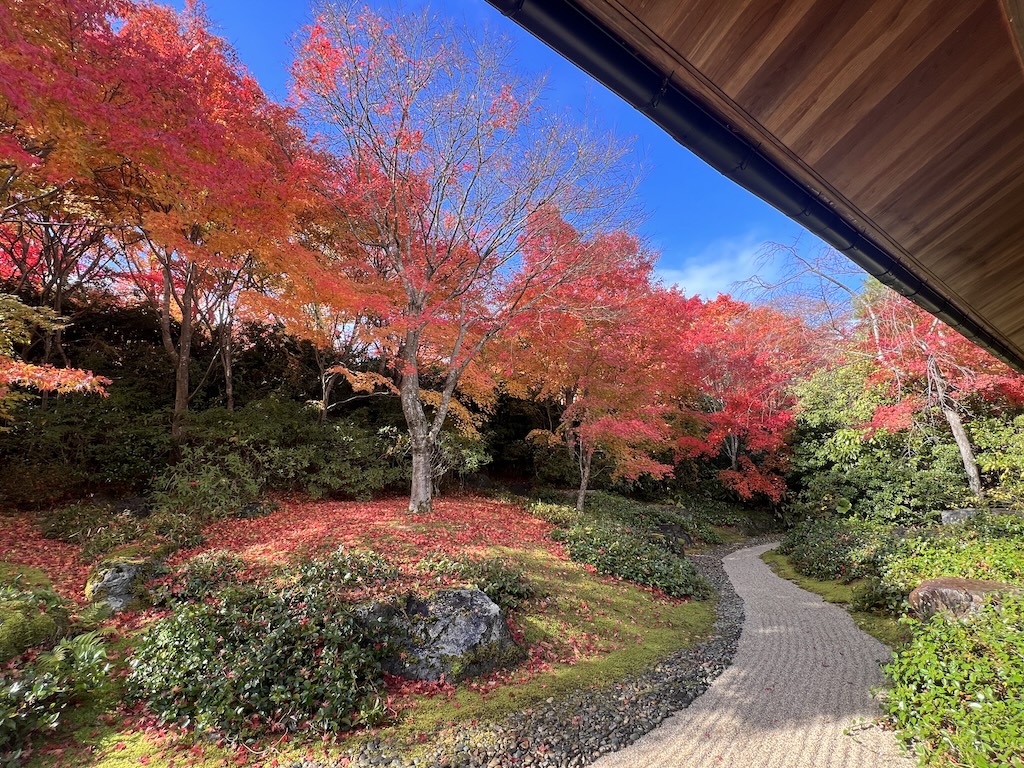
The last venue to visit would be the open air museum showing some of the stills of the movies in which Denjiro Okochi starred. It was short but captured the key accomplishments of his illustrious life.
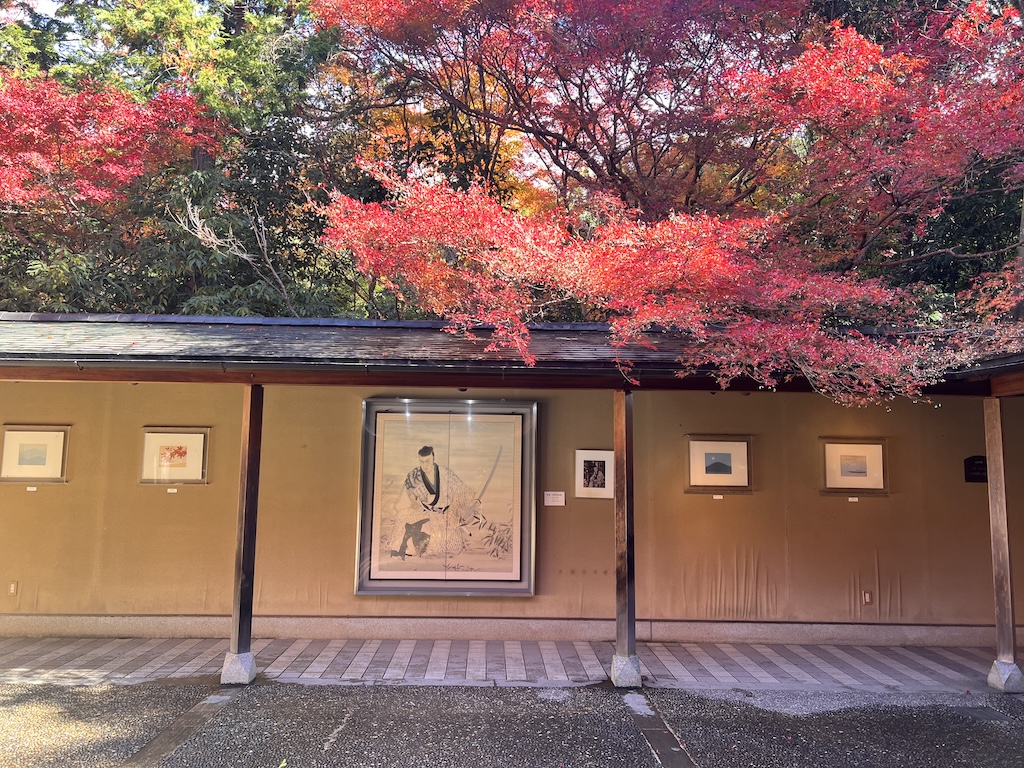
Sources
The Wikipedia on Denjiro Okochi.
The Wikipedia on Jidaigeki.
Descriptions on site at the Okochi-Sanso Villa.
Descriptions on site at the Samurai Museum in Kyoto.
